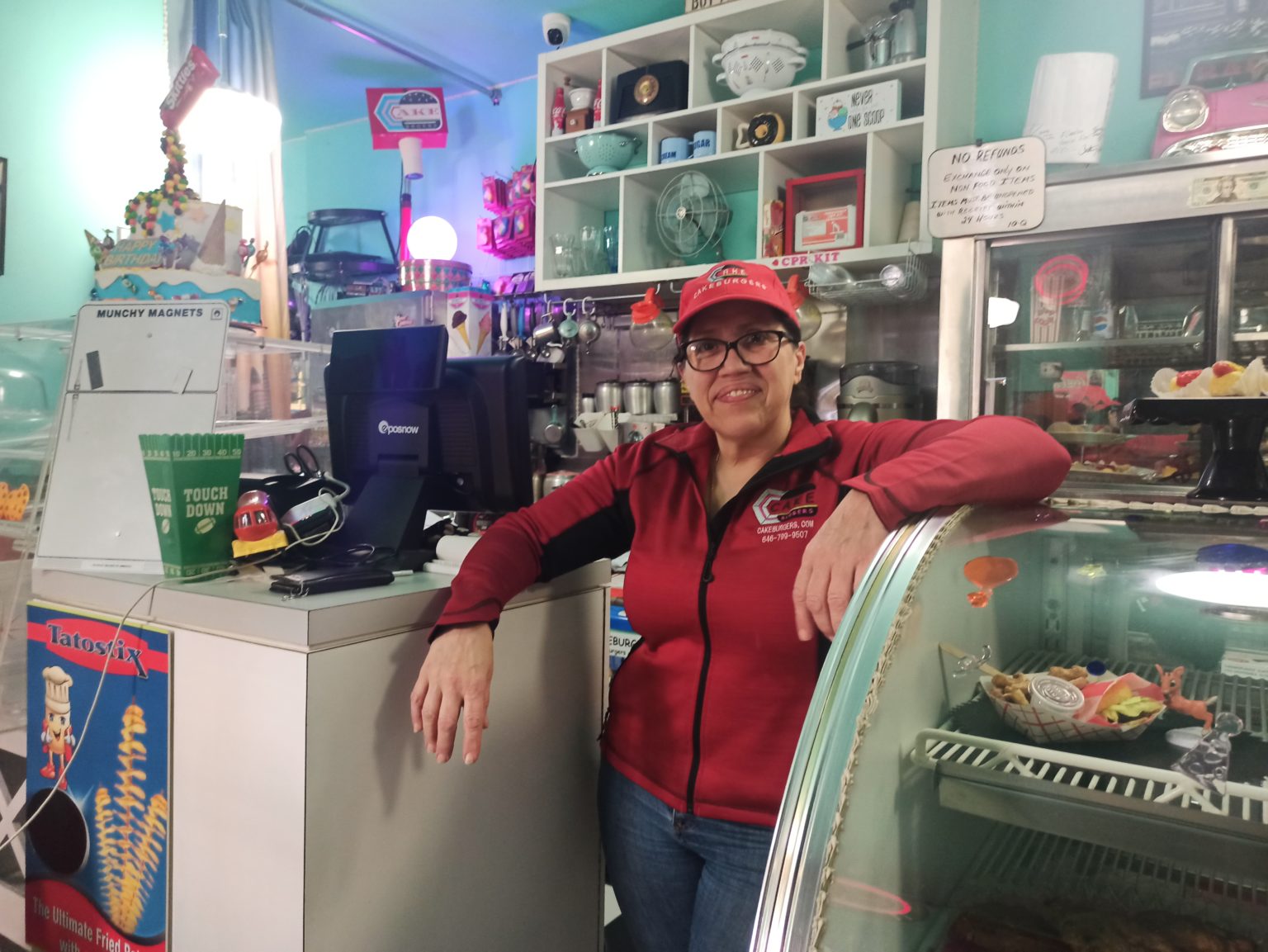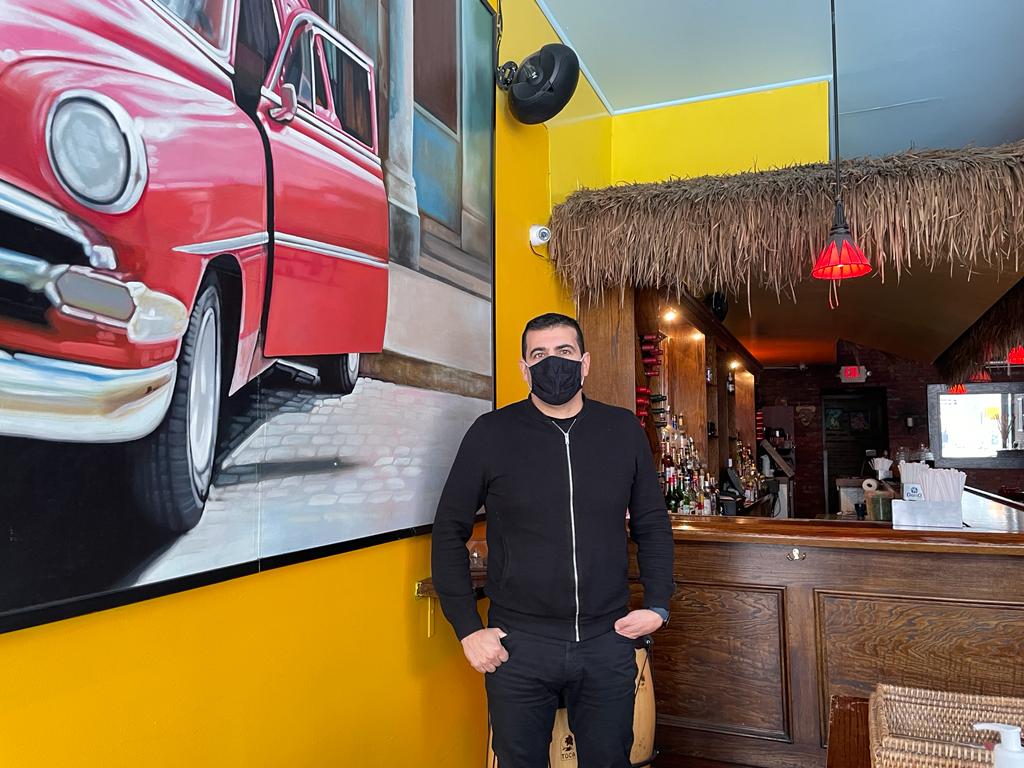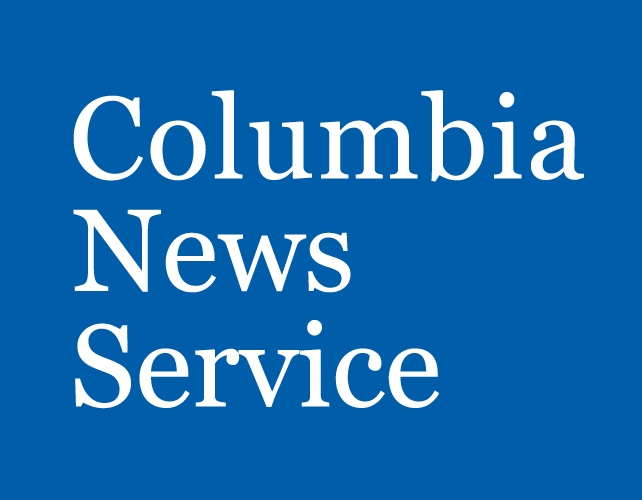
After nearly two years, Covid-19 has worsened food insecurity and made it difficult for restaurants to survive.
To meet this demand and supply of food, the Restaurant Resiliency Program was created. But the money that was supposed to support restaurants through March 31st ended on February 3, before reaching all of the restaurants in need. The program will be refunded. Critics say it was an excellent idea that was poorly executed. Pablo Guzmán, Senior Project Manager at the economic development NGO Union Settlement says there’s a need for oversight.
“Nobody’s doing much in terms of accountability,” Guzmán said, adding that he doesn’t even think there was a “goal of impact established at the beginning.”
Out of the $25 million allocated by Former Governor Andrew Cuomo’s 2021-22 “Restaurant Resiliency Program,” close to $11 million was earmarked for New York City restaurants, highlighting their importance to the city’s economy.
The Department of Agriculture and Markets said in an email reply that 175 restaurants were approved in New York City, but only 64 were given the money.
Despite East Harlem having 10 approved restaurants, the highest concentration in the city, they did not all benefit. Four of the ten participating East Harlem restaurants received nothing from the program. Out of the beneficiaries, three received relatively small contracts, between $20,000 and $70,000. Most of the ones who were left out were newer restaurants with less managerial experience, and some are currently in danger of closing.
“There has to be more dedication to ensure that the micro restaurants will be included,” says Guzmán. He feels the government sees the program as a success because the money was allocated while disregarding those who were left out.
Guzmán held a meeting on Tuesday with a few East Harlem restaurant owners to prepare for a town hall meeting taking place next week. They’re hoping to have representatives from food banks, the Department of Health, and the state attend.
Attendees on Tuesday voiced their anxiety about going through the application process again and the possibility that the DOH, which will take over the program, may change the criteria and create more work for them.
Restaurants that were approved but never received the money hope they’ll be first in line. Evette Zayas from Cake Burger is in this scenario, and she thinks the department “should prioritize people who were on the list and didn’t get it.”
Before being adopted by the state, the Restaurant Resiliency Program started last February as a grassroots effort. In the beginning of the pandemic, Union Settlement and the food-relief NGO World Central Kitchen (WCK) paid restaurants to cater to first-responders and people in need. Both initiatives had very little bureaucratic involvement.
After they ended, Guzmán and Giselle Malave, a local restaurant owner, sent a letter to former Assembly Member Robert J. Rodriguez, now New York’s Secretary of State, asking for funding for the program.
Rodriguez liked the idea. He met with Guzmán and Malave, discussed their proposal, and brought a revised version—“The Restaurant Resiliency Program”—to the legislature.
The program’s goal was to provide food to vulnerable populations by having restaurants prepare meals for charities at an agreed-upon price. Emphasis was placed on the meals being healthy. The restaurants would benefit from consistent business while the people would receive high-quality meals two to five times a week.
Rich Cumming, who worked as the head of logistics and operations for WCK, gave some minor feedback to the Department of Agriculture a couple of months before the program started. He knew immediately that the $25 million wouldn’t last until March. “100 percent,” he emphasized.
It also struck him that the per-meal price cap was two to three times higher than for the WCK program. The department allowed restaurants in New York City to invoice $20 per lunch meal and $30 for dinner. Cumming, who’s now the CEO of the food tech NGO Foodstream, said this approach would be good “if your goal is to run out of funds really fast and have fewer restaurants participating in the program.”
He also thinks the Department of Agriculture and Markets underestimated how quickly restaurants were able to adapt. He thinks it’s because the Department was new to working with restaurants. Still, he’s hopeful the program can improve.
Júlio Quevedo, the owner of Amor Cubano, was one of the participants to receive funding. “It kept the budget running, our employees hired,” he said. “It’s the peace of mind of knowing that you have your guys working for two months.” He participated in the program until the money ran out.

Malave, the owner of Sapoara, who first proposed the program to Rodriguez, was able to participate in the program she helped create. But her two-month-long contracts amounted to only $23,000, according to the Department of Agriculture and Markets. She called the abrupt end of the funding “a bummer.”
During that two-month window, she worked with Shearon Joseph, Director of Housing Services for Faces NY, an NGO for HIV-positive New Yorkers. Joseph said the meals from Sapoara, just a few blocks away from Faces NY’s building, made a big difference for the recipients, many of whom are elderly, homeless, or single mothers.
“I know it was appreciated by everybody and when it stopped people were like, ‘Oh, man!’” she said. “They were a little disappointed because they used to really wait for the food.”
Zayas, the owner of Cake Burger, was one of the approved owners that did not receive funds. Having participated in one of the pilot initiatives, she hoped to deliver 100-250 meals per day, for $10 each, which would have helped her pay off her debts and keep her relatively new restaurant financially solvent.
Instead, she got caught up in the bureaucracy, despite hers being one of the first restaurants approved. One issue was that she was given an eleven-page list of food charities in New York state. Going through the list she realized many contact details were outdated, did not call her back, or had never heard of the program.
Amidst rumors in her network that the money had run out, she submitted her contract with a nearby church. She received a generic email on February 3 informing all participants that there was no more money.
“It doesn’t make sense to approve restaurants that won’t benefit,” said Zayas, who emphasized her attempts to participate added significant stress to her life. “We were chasing a pot of gold at the end of the rainbow.”
About the author(s)
Aina de Lapparent Alvarez is a multimedia reporter currently covering food and The Bronx for NY City Lens.



